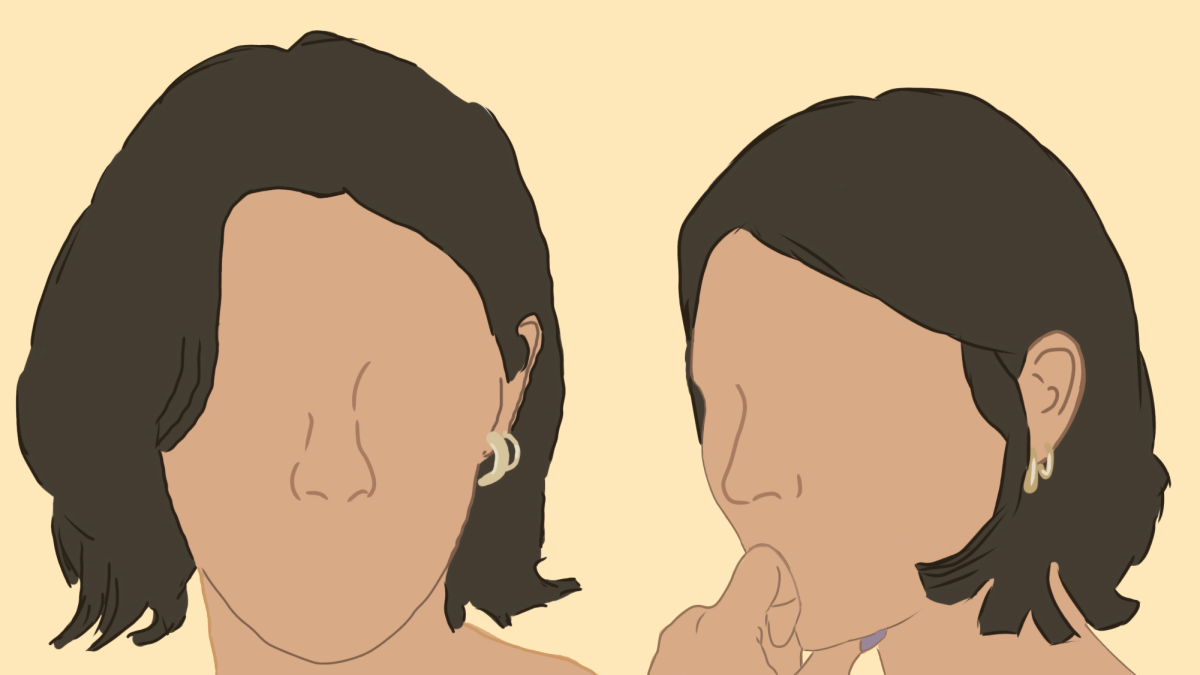In 2020 alone, about 43% of teachers in Arizona cited COVID-19 as their primary reason for leave as reported by edweek.org. This meant staff had to constantly change their methods of teaching while adjusting to teaching via ZOOM. In the second semester, teachers have more knowledge on how to educate their students effectively, despite extenuating circumstances.
“In the beginning it was anxiety inducing. I’m not a virtual teacher, I don’t teach online, I never did, and I never wanted to,” English and Philosophy teacher Wesley Swedlow said. “I didn’t know how everything would translate. By the end, I think most of us just got the hang of it in our various ways, and it wasn’t as much of a total loss.”
For some teachers, ZOOM has grown on them and supported new ways of working together in class. In the beginning there was a sense of it being awkward or out of place, but that improved as time progressed.
“Using ZOOM was super awkward at first. I think we all felt that way,” English and English Language Development (ELD) teacher Mackenzie Bedford said. “But now, I actually like it. I like the features that it offers to share materials with students and I like how useful breakout rooms can be for check ins and group work.”
Although not at school, teachers tried to connect with their students by establishing consistency. With consistency, they also tried to ensure the students that there was a purpose for everything they learned in class.
“I tried to keep the routine so it would be predictable and I tried to be transparent with the students,” Physical Education (P.E.) teacher Benjamin Philpot said. “I also encouraged them to ask why we were doing something if it seemed like it didn’t make sense or didn’t have a purpose.”
Another teacher expressed how over ZOOM students are looking at themselves the entire time, and that was yet another thing everyone had to adjust to.
“In ZOOM, people are very uncomfortable with their own image and unlike in person, you’re looking at yourself the whole time,” Art teacher Jennifer Norman said. “So all of this made me sad. But, like with most things, I’ve adjusted. I no longer feel sad, just frustrated.”
Teachers also expressed getting more comfortable and familiar with virtual learning as the first semester progressed, establishing a new time management plan.
“I was teaching two new courses last semester, so I was doing a ton of prep work before each class and it was hard to figure out how long certain activities would take,” STEM and AP Environmental Science teacher Melissa Havel said. “But I feel like we got into a pretty good groove about halfway through the semester.”
Putting a year’s worth of work into one semester seemed unreasonable to some teachers. However, most understand that it is what needs to be done for safety purposes.
“The idea that the semester is a year is a far reach and we all know that,” Swedlow said. “So it’s not a year of learning, it’s not a year where you can get that much learning done, but it was designed as far as I understand in order to be able to get students back into the classroom.”
By cutting classes shorter it meant sacrificing certain units in their course. Teachers viewed this as an opportunity to focus on important learning targets.
“We cut out a lot of the play time in class,” Philpot said. “Personally, I think the students benefited a lot more from it because I’m hoping they’ve learned some things from online assignments regarding physical health that they can carry with them outside of just my class.”
There are some noticeable benefits with online learning that were not accessible with in-person learning. Swedlow explained some that he has acknowledged.
“It has some upsides, I’ve noticed more people are showing up, there’s less discipline problems, people are generally more respectful in certain ways,” Swedlow said.
Teachers were surprised that even without in-person communication, there was still some form of connection with their students.
“As we continued to go on with the semester, I was amazed how I did get connected to my students,” P.E. and Yoga teacher Lee Anne Ghimenti said. “Even though I had never met them in person, I feel that if and when I see them around campus, I would recognize them and be able to say hi.”

Physical Education teacher Benjamin Philpot sits at his desk teaching a freshman ZOOM class. Although online, he is still making an effort to reach his students and educate to the best of his ability.






































